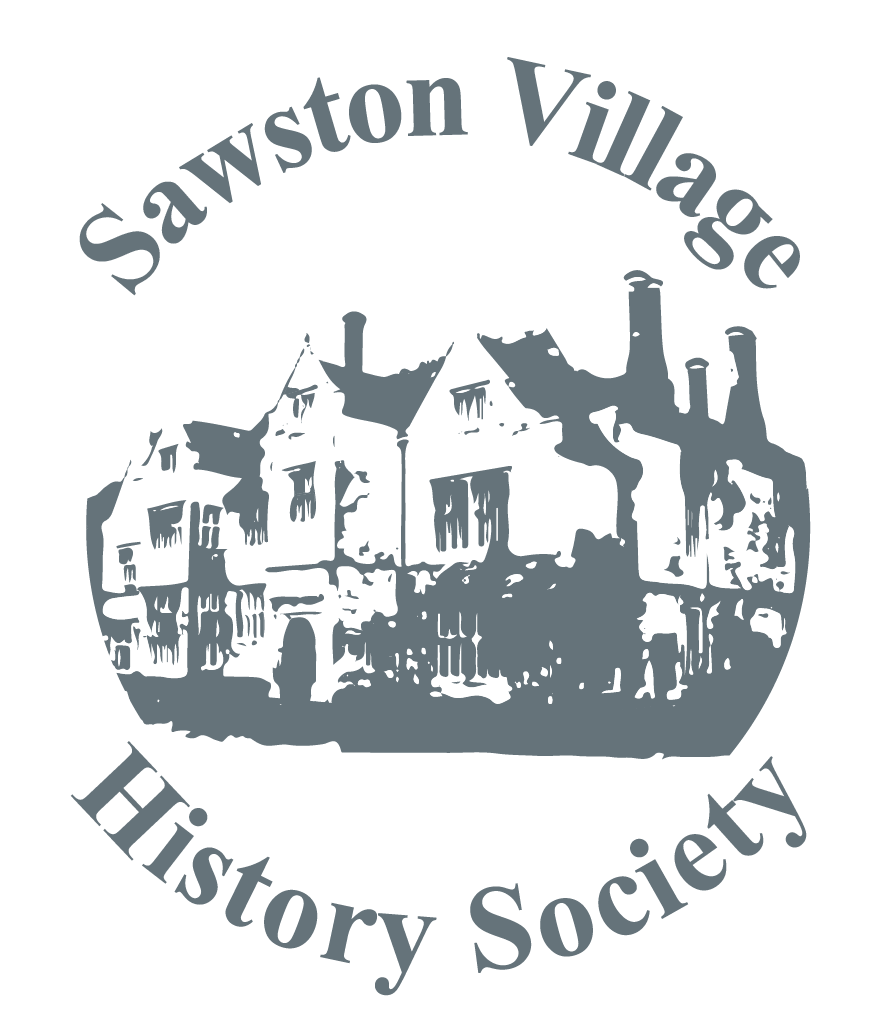
This meeting featured our old friend Richard Mortimer, who discussed osteo- archaeology and his colleague David Crawford who talked about his involvement with young people in archaeology training programmes.
David is working with Sawston Youth Group, aged 13+, on Monday evenings. In January, together with other youth leaders Tracey and Chris, he was involved in an eight week programme which took the teenagers from Sawston Village College to Sawston Hall to carry out digs. They were taught how to dig a test pit 1 metre x 1 metre x 1 metre deep and carefully remove the soil and any archaeology. Anything they found to be of interest was washed, identified and written up as a report which was then passed to Carenza Lewis of Time Team fame. Similar digs are taking place in people's gardens all round the county and it would be interesting to dig test pits in Mary Challis' garden.
A project called Young Roots offers grants funded by the Heritage Lottery Fund from £5,000-£25,000 for teenagers to find out more about their local heritage. Aerial photographs can be very beneficial for surveying fields, but gardens provide more of a challenge and test pits are the most successful way of finding artefacts. They don't check with geofizz in gardens. Of the 150 test pit reports sent to Carenza last year, 10-15% had nothing in them, while the rest yielded at least something of interest.
The most useful tool, apart from enthusiasm, is a pair of secateurs for cutting away roots.
David was very enthusiastic about his work with the teenagers and hoped at least some of them would see the benefit of learning about their heritage and would take more care of their environment as a result.
Richard opened his talk about old bones by saying he wasn't 'technical' and referred to heads, not skulls and leg bones, not tibia. He explained that in order to exhume bodies a burial licence was required and he told us some of the places where he'd been involved in exhumations including Ely Cathedral. At Jesus Lane students' block he found skeletons just under the floor of the ground floor bedrooms.
He has to follow Health & Safety regulations. Fresher tombs with bodies less than fifty years old are likely to have 'gloop' – oozing from the bones. He doesn't like to put up screens round graveyard digs as the public often like to see what is going on, but if someone makes an objection then he has to comply.
Modern graveyards are treated in the same way as Saxon and other older remains. The earth is carefully brushed away from the bones and each bone is removed, recorded and eventually the skeleton will either be reburied, repatriated in the case of obviously foreign bodies, or sent to a museum. All skeletons and cremations (either in urns or not), and pyres are treated with respect and all are recorded to build up a picture of our ancestors. For reburials the question of where to bury the skeletons arises – if Christian they are returned to a graveyard, but if Pagan a church graveyard would not be appropriate.
Bodies have been placed in graves in lots of different ways, for example Romans sometimes placed the head at the foot of the body, Saxons placed the head upright on the neck at the top of the body, some bodies are in foetal position, others straight with arms by their sides, some with arms folded, and some in a crouched position.
People have been buried in a variety of situations: Neanderthals were buried in caves, Romans of high stature were buried in barrows (Bartlow), and important Anglo-Saxons were buried in their boats (Sutton Hoo). Some burials contained two people (Fordham Bypass).
The preservation of skeletons depends on the situation of the burial – soil type and moisture. The minerals in some soils dissolve the bones whilst others help to preserve them. The best form of preservation is in peat bogs where skin and hair may be preserved for hundreds of years.
Occasionally pyres are found, notable by the four post hole structures two metres apart. The remains of the pyre and body were buried together. Where no graves are found within or near a settlement there is a possibility that exhumation has occurred – bodies laid on raised platforms to be picked clean by the birds, a custom still carried out by some peoples today.
Burials are not only for humans. At Burrough Hill, Sawston, three shire horses were buried in the 19th Century facing towards the river. Other horse burials have also included a chariot or cart. A dig at Sawston Hall turned up a unique 8-9th Century cast pewter brooch in the shape of an attractive cross with a cross-section broken (or cut) off. Also found was coprolite (dogs' doings) and the remains of WWII buildings. In Lynton Way there were Bronze Age ditches and flint workings and before the new Police Station was built Richard found clear evidence of Roman roads indicating a cross road not far removed from today's cross road.
In answer to a question Richard said he'd visited the site of the new Health Centre and found evidence of Saxon post holes and ditches and there were almost certainly some Roman remains below that. The authorities had decided the site did not warrant an archaeological survey in spite of the Roman road evidence found earlier. A missed opportunity?
Richard ended his fascinating talk by saying he was also keen to preserve modern archaeology including for example the Drying Shed and old school signs: they are all part of our heritage.